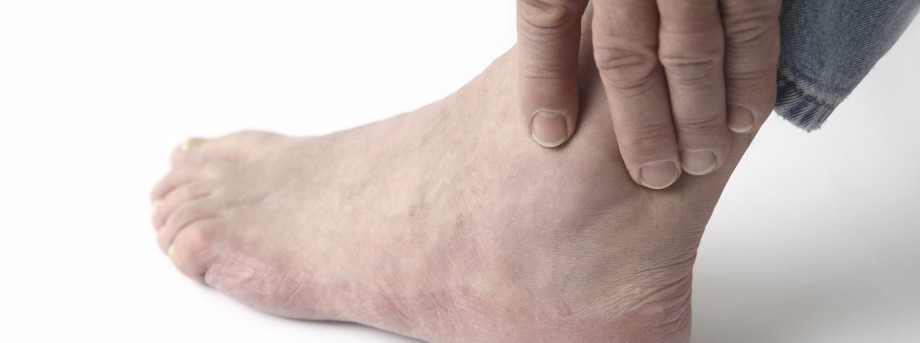The University of Nottingham
 Exchange online
Exchange online
Research Exchange
Research shows cases of gout soaring but treatment poor

Rates of gout in the UK have soared since the late 1990s, with one in every 40 people now affected by the condition — the highest in Europe — but treatment remains as poor now as it was then, according to new research led by The University of Nottingham.
The study published online in the Annals of the Rheumatic Diseases also reveals there is wide variation in both existing and new cases of gout across the UK, with the highest numbers of cases in Wales and the North East of England.
The researchers used the Clinical Practice Research Datalink (CPRD) to estimate both the prevalence and incidence of gout in the UK between 1997 and 2012. The CPRD, formerly the General Practice Research Database, is one of the largest databases of long term primary care medical records in the world, holding those of around 12 million people of the UK population.
More common in men
The study found that among more than 4.5 million eligible people on the database in 2012, almost 116,000 already had gout, giving a prevalence of 2.5 per cent. Men were significantly more likely to have been diagnosed with the condition than were women, peaking at a ratio of 11:2 between the ages of 35 and 39. Gout was rare among those younger than 20.
More than 7,000 new diagnoses of gout were identified, giving an overall incidence of 2.26 per 1,000 person years — 3.5 per 1,000 person years among men. The gender gap for diagnosis was at its widest for those aged 30-34, but new cases of gout were highest among those aged 80-84 for both sexes.
Rapid rise in C21st
Between 1997 and 2012, the prevalence of gout rose by 64 per cent, increasing by around four per cent every year. Rates were around four times higher in men across the entire period. The number of new cases rose by 30 per cent during this time, increasing by around 1.5 per cent each year. Men were around three times as likely to be diagnosed with the condition as women across the entire period.
The patterns of both prevalence and incidence varied widely across the UK, with prevalence highest in the North East of England and Wales, and lowest in Scotland and Northern Ireland. New diagnoses were lowest in the East of England and Northern Ireland and again highest in Wales and the North East of England.
The right treatment
Dr Weiya Zhang from the University’s Division of Rheumatology, Orthopaedics and Dermatology said: “We also looked at treatment for those who already had gout and those who were newly diagnosed (within six to 12 months) to see how well their condition was being managed. Only a third of people with gout were being treated with urate lowering drugs, a percentage that remained constant over the entire period.
“In 2012, fewer than one in five patients was prescribed these drugs within six months of their diagnosis, and only around one in four was on this treatment a year after diagnosis — a pattern that remained more or less unchanged since 1997, despite the publication of guidelines on optimal management of the condition.
“Patients got better at taking their drugs, with around four out of 10 doing so in 2012, compared with 28 per cent in 1997, but these figures are still not a cause for celebration.”
The full paper in the BMJ’s Annals of the Rheumatic Diseases is available here.
Leave a Reply
Other

Top prize for quantum physicist
A University of Nottingham physicist has won a prestigious medal from the Institute of Physics for […]

Zero carbon HOUSE designed and built by students comes home
Design and construct a low cost, zero carbon, family starter home, transport it to Spain, build […]